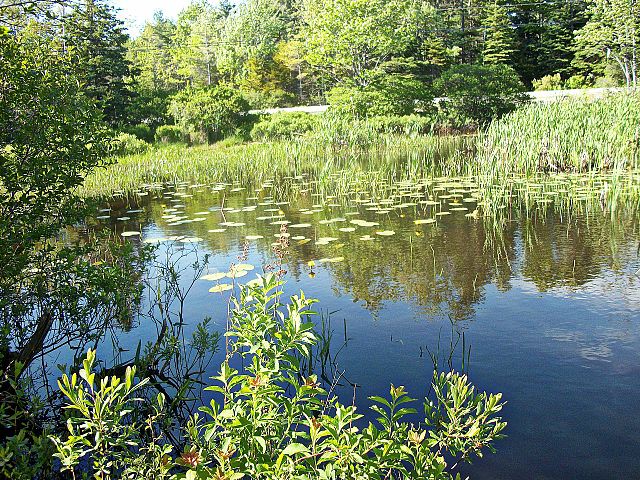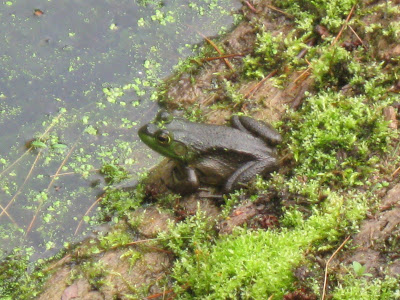Frog-Friendly Gardens
For most people making your garden a friendly area for frogs seems like a strange idea, but what we often don’t have is understanding. These often misunderstood amphibians are one of the nicest critters you can attract to your garden. In many ways frogs can be amazing survivors, however changing habitats over the years have caused them great distress and they are disappearing at an alarming rate [1]. You should keep in mind that introducing non-native frogs to the local ecosystem is a pretty bad idea, sometimes even forbidden by laws and for a good reason [2]. You can, however do your best to attract the local frogs to your garden, as they will be quite useful and great companions.
- You would do well to avoid simply introducing the frogs into your Bayswater garden, instead you should do your best to invite them by creating the right conditions for that.
- If you happen to have kids living with you, then they can learn to interact with the frogs. There is nothing to fear from most common variety frogs, so they can even be caught and picked up, just remember to treat them with respect and care.
- You can make a useful garden pond to allow amphibians to live there, but that means your pond will need to have shallow edges that taper off into surrounding moist vegetation, such as nice and leafy mulch. Frogs will need shelter from summer heat, though they tend to enjoy moving around most after moist and rainy weather. Overhanging trees are welcome, as long as they don’t completely cover the pond in shade, as the frogs will still need sunlight. You need to use a good mix of native pond plants, such as marsh marigolds, water violets and the like if you want to have good vegetation around and in your pond. Check a garden center for more information and the type of plants in your area you can use. Your pond should be about 2-3 feet in depth for optimal conditions.
- Another thing worth mentioning is that frogs will keep most insects away from your garden, since they dine on moths, mosquitoes, slugs, snails, flies, cockroaches, beetles and more. If you have a good combination of plants and shrubs native to the area as well as mulching your garden beds and keeping a good compost heap, then you will have a garden much more welcoming for amphibian guests.
- Having a good garden pond will also improve the conditions where they can breed in peace, but it mostly depends on how much peace they get while living there. Shade and good plant life will create exactly what they need for living there.
- There are some things to watch out for, which can be hazardous to frogs. If you do have frogs in your garden, you should pay special attention at all times when you’re using a string trimmer or mowing, or else you may hurt or even kill them. You must use a nylon mesh to keep your garden plants protected and that its size is good enough, such as at least 2 inches, as this will keep them away.
Sources:
1. Why are Frogs Disappearing?
2. Why Are Coqui Frogs a Problem in Hawai’i?
 Guest post by Ella Andrews, who is a writer and blogger with great flair for gardening and landscaping. She is focused on writing the best possible way and is always searching for new inspiration sources. Her present article offers non traditional methods for garden care.
Guest post by Ella Andrews, who is a writer and blogger with great flair for gardening and landscaping. She is focused on writing the best possible way and is always searching for new inspiration sources. Her present article offers non traditional methods for garden care.


